April12
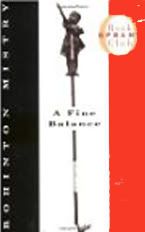
Rohinton Mistry’s third novel, A Fine Balance (1995), won the second annual Giller Prize in 1995, and in 1996, the Los Angeles Times Book Prize for Fiction. It also snagged the 1996 Commonwealth Writers Prize, the Royal Society of Literature’s Winifred Holtby Award, and Denmark’s ALOA Prize, and was shortlisted for the 1996 Booker prize. It was selected for Oprah’s Book Club in November 2001. All for good reason.
(1995), won the second annual Giller Prize in 1995, and in 1996, the Los Angeles Times Book Prize for Fiction. It also snagged the 1996 Commonwealth Writers Prize, the Royal Society of Literature’s Winifred Holtby Award, and Denmark’s ALOA Prize, and was shortlisted for the 1996 Booker prize. It was selected for Oprah’s Book Club in November 2001. All for good reason.
Set in 1975 India during “The Emergency” when the Prime Minister, Indira Gandhi, “ruled by decree”, A Fine Balance tells the stories of four people who, because of circumstances, end up living together in a small flat.
tells the stories of four people who, because of circumstances, end up living together in a small flat.
Dina Dalal, a fortyish widow who grew up in a wealthy family and who jealously guards her independence from her merchant brother, is the official tenant of the flat.
Maneck Kohlah grew up in a small mountain village near the Pakistan border. His father owned the local general store and sold his secret formula Kohlah’s Cola. When the highway comes through the village, his father’s business suffers because of the importation of mass-produced soft drinks.
At seventeen, wanting a career independent of his father, Maneck decides to attend college in the city and obtain a certificate as an air-conditioning technician. Maneck’s mother was a school-mate of Dina’s, and so arranges for Maneck to board with her at her flat.
Uncle and nephew, Ishvar and Omprakesh Darji, members of the Chamaar caste, considered untouchables, have come to the city to start a new life after a family tragedy of barbaric cruelty. Trained as tailors, they are hired by Dina to sew piecework from patterns provided by an export company. Initially, they only work at Dina’s flat and do not live there. After a series of misfortunes, they end up sleeping in Dina’s veranda, bathing in her washroom, and eating meals with Dina and Maneck.
The co-existence of these strangers from disparate backgrounds begins tenuously but with a little choice.
…in a city where millions were living in slums and on the pavements. And not just beggars–even people with jobs who had the money to pay the rent. Only, there was nothing to rent.
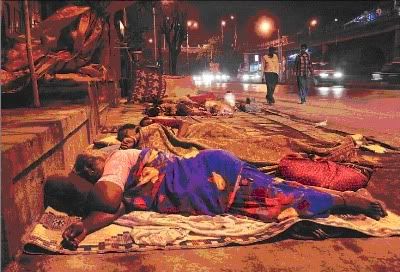
The backstories of these characters create a depth of understanding in the reader and as their story unfolds, we feel emotionally invested in their future.
Even though the characters are skilfully and deeply drawn, A Fine Balance is not simply a character study. There is a blockbuster of a plot filled with the small triumphs and large tragedies of human existence. Although it would seem that India’s political affairs would be the “big picture” of this novel, the effects of those affairs on the population are so dramatic that the fabric of people’s lives becomes the greater theme.
 Mistry has made India live. The heat, the dust, the hunger and the thirst, the crowding, poverty, disease, and corruption become real to the reader. Even so, we are appalled when Dina’s brother, a member of the urban merchant or commercial class, says:
Mistry has made India live. The heat, the dust, the hunger and the thirst, the crowding, poverty, disease, and corruption become real to the reader. Even so, we are appalled when Dina’s brother, a member of the urban merchant or commercial class, says:
My friend was saying last week…that at least two hundred million people are surplus to requirements, they should be eliminated…you know–got rid of. Counting them as unemployment statistics year after year gets us nowhere, just makes the numbers look bad. What kind of lives do they have anyway? They sit in the gutter and look like corpses. Death would be a mercy.
Ultimately, A Fine Balance is about man’s inhumanity to man and the indomitableness of the human spirit. There’s plenty of heartache here. The tragedy, sorrow, and loss could overwhelm some readers: this is not a book for those looking for a happy ending. As Maneck, ever the student of air-conditioning observes:
is about man’s inhumanity to man and the indomitableness of the human spirit. There’s plenty of heartache here. The tragedy, sorrow, and loss could overwhelm some readers: this is not a book for those looking for a happy ending. As Maneck, ever the student of air-conditioning observes:
If there was a large enough refrigerator, he would be able to preserve the happy times…, keep them from ever spoiling…but it was an unrefrigerated world. And everything ended badly.
A Fine Balance is a sweeping and powerful novel that has been compared to works of Tolstoy or Dickens. It is a rich study of a difficult time in India’s history, featuring complex and flawed characters.
is a sweeping and powerful novel that has been compared to works of Tolstoy or Dickens. It is a rich study of a difficult time in India’s history, featuring complex and flawed characters.
It will certainly remain on the list of the best books I’ve read this year – perhaps even in my lifetime. I cannot recommend it enough. Five out of five stars.
Link for my Canadian readers:
A Fine Balance
P.S. If you click through the affiliate links in the book titles, you may notice a different cover. I like to see the cover that’s on the copy I read – and it’s usually different than Amazon.com because they display the American release, and I read the Canadian. Again, the links are affiliate links so I will receive a small percentage of any purchase you make after clicking through from this blog.



 For those of you unfamiliar with blog hops, here how it works: One blogger asks a question that other bloggers answer on their own blog. They all link to the original blogger’s blog (following me?) so if you enjoy the topic, you can click on the “Blog Hop” button and then find other blogs discussing the same thing. Whew!
For those of you unfamiliar with blog hops, here how it works: One blogger asks a question that other bloggers answer on their own blog. They all link to the original blogger’s blog (following me?) so if you enjoy the topic, you can click on the “Blog Hop” button and then find other blogs discussing the same thing. Whew!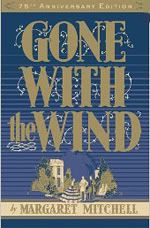 Gone with the Wind
Gone with the Wind comes to my mind as the best movie adaptation ever. How they condensed a thousand pages into only four hours and didn’t seem to leave out anything of import is still a marvel to me. I first saw GWTW when I was in grade 12, after having read the book once a year since ninth grade. The book was near and dear to my teenaged heart and the movie did not disappoint me. I do remember thinking that Olivia de Haviland was so much prettier than Vivien Leigh and should have played Scarlett, but now I think the roles were perfectly cast because, after all, Melanie really was the beautiful one.
was a great adaptation except that the ending was completely different from the book. Was it better? Happier, yes, but…
wasn’t even close to the book, but I still thought it was a good movie. I thought Inkheart
was a terrible movie, but then so was the book. And so on. I’m really drawing a blank on the miss.





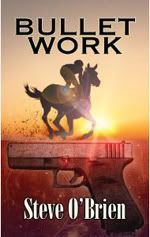 That’s the premise of
That’s the premise of 


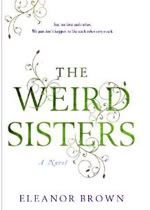 Brown’s debut novel is the story of the Andreas sisters, Rose, Bean and Cordy—named for the Shakespearean characters Rosalind, Bianca and Cordelia–who have returned home to small town Barnwell, Ohio, ostensibly to help care for their mother who is undergoing treatment for breast cancer. Each of the three, however, have come to lick wounds from injuries that, although we the reader know immediately, each is unwillingly to divulge to her family. They take on their old roles within the family, while trying to reconcile these with the women they have become.
Brown’s debut novel is the story of the Andreas sisters, Rose, Bean and Cordy—named for the Shakespearean characters Rosalind, Bianca and Cordelia–who have returned home to small town Barnwell, Ohio, ostensibly to help care for their mother who is undergoing treatment for breast cancer. Each of the three, however, have come to lick wounds from injuries that, although we the reader know immediately, each is unwillingly to divulge to her family. They take on their old roles within the family, while trying to reconcile these with the women they have become.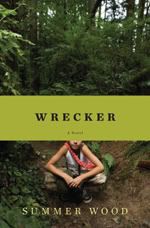 Also unbeknownst to Lisa Fay (and system administrators), Meg is brain-damaged following a dental infection and unable to care for Wrecker. Len turns for help to his next-door neighbors at Bow Farm. There, in what amounts to be a commune, live Melody, Ruth, Willow and Johnny Appleseed. This motley crew agree to help out and find themselves falling for Wrecker. Eventually, Melody convinces Len to adopt Wrecker but to leave the actual raising of him to her.
Also unbeknownst to Lisa Fay (and system administrators), Meg is brain-damaged following a dental infection and unable to care for Wrecker. Len turns for help to his next-door neighbors at Bow Farm. There, in what amounts to be a commune, live Melody, Ruth, Willow and Johnny Appleseed. This motley crew agree to help out and find themselves falling for Wrecker. Eventually, Melody convinces Len to adopt Wrecker but to leave the actual raising of him to her.

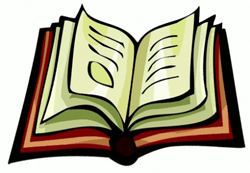
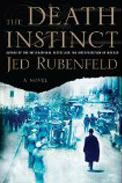
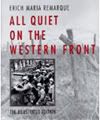 This classic WWI tale is told from the point of view of an eighteen-year-old German soldier. His experiences, common to men on both sides of the conflict, make clear the horror of war. I read the illustrated edition which includes many period photos.
This classic WWI tale is told from the point of view of an eighteen-year-old German soldier. His experiences, common to men on both sides of the conflict, make clear the horror of war. I read the illustrated edition which includes many period photos.
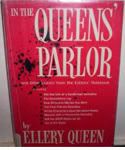 Behind the scenes observations on authors, publishing, plotting, naming and other mysteries of mysteries by Manfred Lee and Frederic Dannay who wrote scores of mystery novels as the fictional Ellery Queen. First published in 1942 and updated several times, the last in 1957. Out of print, but I was lucky enough to get a copy on inter-library loan from Halifax. Loved it. (It’s available used on
Behind the scenes observations on authors, publishing, plotting, naming and other mysteries of mysteries by Manfred Lee and Frederic Dannay who wrote scores of mystery novels as the fictional Ellery Queen. First published in 1942 and updated several times, the last in 1957. Out of print, but I was lucky enough to get a copy on inter-library loan from Halifax. Loved it. (It’s available used on 
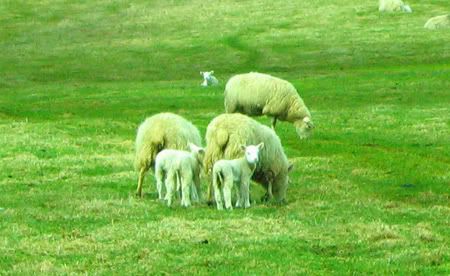
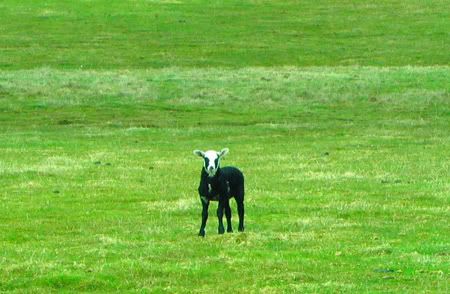

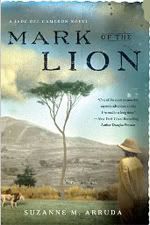 Set in 1919 British East Africa (now Kenya), amid colonial rule and racial unrest, Suzanne Arruda’s debut
Set in 1919 British East Africa (now Kenya), amid colonial rule and racial unrest, Suzanne Arruda’s debut 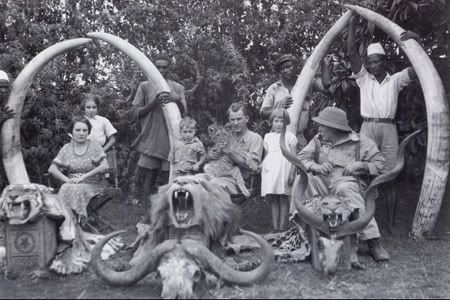
 Fracking –
Fracking –  The producers of the film
The producers of the film 
 In Nova Scotia, there will be a demonstration held in front of Province House in Halifax between 1 and 2 p.m. today, to mark Earth Day and to officially register the groundswell of protest against fracking in Nova Scotia.
In Nova Scotia, there will be a demonstration held in front of Province House in Halifax between 1 and 2 p.m. today, to mark Earth Day and to officially register the groundswell of protest against fracking in Nova Scotia.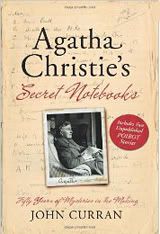 The notebooks contain character lists, suggested settings, and plot ideas and development, but until now they have been largely ignored, mainly because Christie’s handwriting is nearly illegible. As John Curran worked with the material in preparing
The notebooks contain character lists, suggested settings, and plot ideas and development, but until now they have been largely ignored, mainly because Christie’s handwriting is nearly illegible. As John Curran worked with the material in preparing 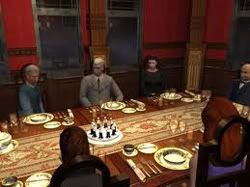
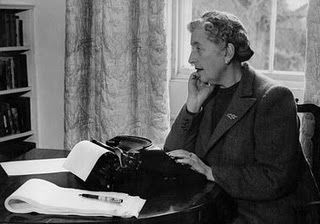
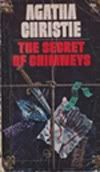


 Mistry has made India live. The heat, the dust, the hunger and the thirst, the crowding, poverty, disease, and corruption become real to the reader. Even so, we are appalled when Dina’s brother, a member of the urban merchant or commercial class, says:
Mistry has made India live. The heat, the dust, the hunger and the thirst, the crowding, poverty, disease, and corruption become real to the reader. Even so, we are appalled when Dina’s brother, a member of the urban merchant or commercial class, says: 


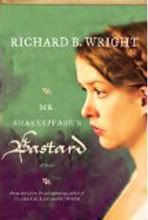 I have tried to not to measure the author’s subsequent works by that book, but I admit that my expectations were high when I started his latest offering,
I have tried to not to measure the author’s subsequent works by that book, but I admit that my expectations were high when I started his latest offering,  But the blurb also promises that “secrets are revealed, mysteries are uncovered, and futures are forever changed.” Sorry, I didn’t see that. What you’ve found out here is what happens. It’s a glimpse at seventeenth century England, especially London. There’s a brief introduction to Shakespeare, although he plays a minor role and is used mainly as a plot device (and title).
But the blurb also promises that “secrets are revealed, mysteries are uncovered, and futures are forever changed.” Sorry, I didn’t see that. What you’ve found out here is what happens. It’s a glimpse at seventeenth century England, especially London. There’s a brief introduction to Shakespeare, although he plays a minor role and is used mainly as a plot device (and title). 